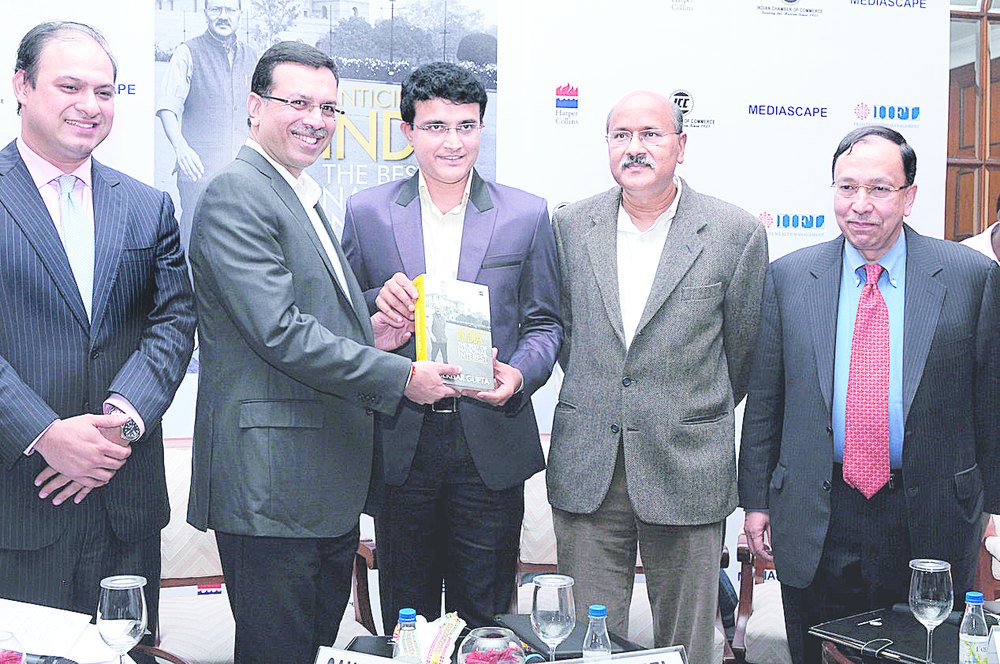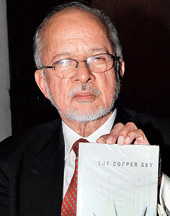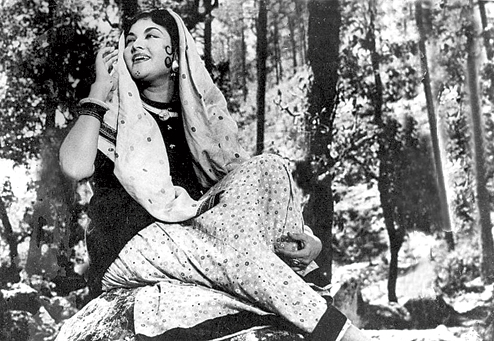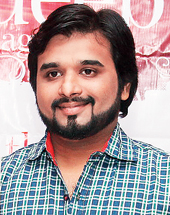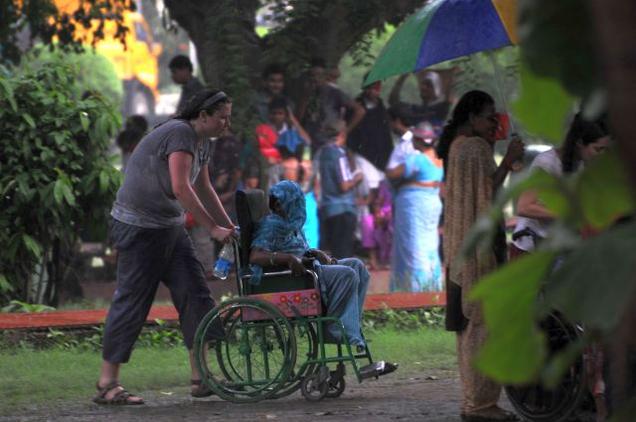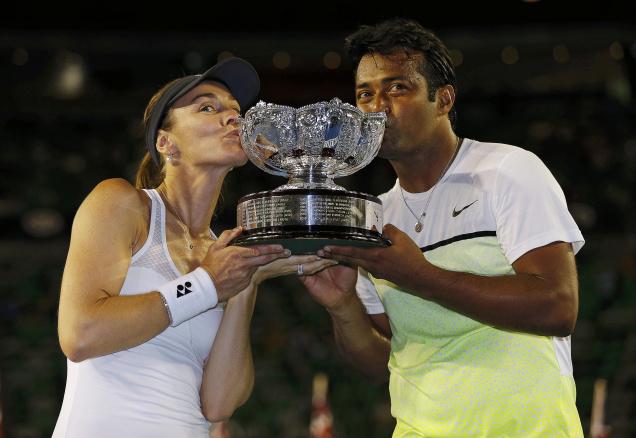Once considered its mecca, classical music festivals are struggling to stray afloat in Kolkata. Tathagata Ray Chowdhury explores the reasons for the slow demise of the once thriving live music scene in the country’s ‘culture’ capital
Kolkata :
Not too long ago, Kolkata used to be steeped in the culture of live classical music. For the connoisseur, there was a plethora of fests to attend; for practitioners, a good show here, more than any where else, meant finally gaining acceptance among peers, perhaps even a chance to reserve a place in the pantheon of the greats. Cut to the last 10 years or so, and it’s clear that the once thriving culture is on the wane, with most classical music festivals staring at an uncertain future.
Even a couple of decades back, the city used to play host to a number of prestigious classical music gatherings. Now, only a few survive. Even fewer manage to do so with aplomb. Apart from a couple of names, most classical festivals are struggling to find sponsors, or are in the throes of a slow death.
But why this decay in the country’s “culture capital”? In a nutshell, it’s to do with the nature of classical music’s patronage. To start off with, it was the prerogative of the moneyed class, supported by zamindars and rajahs who truly valued it and understood its nuances. With the abolition of the feudal system, classical music finally travelled to the masses. Ironically, it was this that sounded its death knell.
In 1856, Lucknow’s exiled nawab, Wajid Ali Shah, had brought with him to the city the rich culture of classical music and established it in this part of the subcontinent. His court musicians — most notably Ustad Basat Khan and Ustad Sadiq Ali Khan — played a key role in establishing the genre in the city and its surroundings. By mid-20th century, Kolkata became a mecca for connoisseurs of this branch of the fine arts — so much so, that a number of stalwarts began to either settle down in the city or make it their second home.
Ustad Dabir Khan, the last khalifa of the Tansen family, made Kolkata his home, and other legends of the time — Ustad Allauddin Khan, Ustad Hafiz Ali Khan, Pandit Ravi Shankar, Ustad Vilayat Khan, Ustad Ali Akbar Khan and Ustad Amjad Ali Khan — all found a second home in this city. To all of them, this was the city where the real qadar daans (connoisseurs) lived. There were the music rooms — jalsaghars — of north Kolkata aristocrats, where both budding and prodigious musicians used to come for what then used to be called their “national audition”. And it was usual practice for the honorifics “Ustad” or “Pandit” to be bestowed on performers only after they gained enough acceptance in Kolkata’s aristocratic circles.
It is a matter of concern that a festival of the pedigree of All Bengal Music Conference is struggling to stay afloat nowadays. The first edition of the conference — on December 27, 1934, at Calcutta University’s Senate Hall — marked the day classical music breached the confines of north Kolkata’s aristocratic music rooms and reached the public. It was high time the lofty walls surrounding classical music were broken down: soon, the landed aristocracy would cease to exist, the country would become independent, and the zamindars would no longer be able to patronize the art form.
Sensing all this, Rabindranath Tagore, who was presiding over the event, had said: “We will have to keep in mind that Tansen and others were able to gift a certain form of music only because the royal opulence of the Mughal Empire could help them. That surrounding is no more there.”
Seventy-five years down the line, All Bengal Music Conference had to collaborate with another organization to hold this year’s event. “All Bengal Music Conference could not host any event because of lack of patronage and sponsorship for about 52 years,” says Robin Paul, general secretary of the conference and the founding secretary of Jalsaghar, an organization that promotes classical music. “It was Pandit Ravi Shankar who asked me to do whatever possible to revive the glorious organization. Pandit Asutosh Kanan also helped me revive it. When I associated myself with it in 2004, we could host events for a few years. But it is in very bad financial shape again. It is no longer in a position to host a soiree on its own. That is why it had to collaborate with ITC Sangeet Research Academy to host the music festival this year. Now that Babulal Ghosh, the last scion of the Pathuriaghata Ghosh family, who used to look after the once-famous music festival, also passed away a few weeks ago, I do not really know what the future holds.”
While the conference is staring at a possible extinction, many other music circles have either stopped functioning long ago or are counting their days. The reason is mainly to do with finances, particularly its lack.
Dipankar Sen, of the now defunct Calcutta Music Circle, has another take on the matter. “Organizers and sponsors often promoted a particular artist or gharana at the expense of others, and that also played spoilsport,” he feels. “Many organizations often used their platform to promote only a particular artist, or artists of one gharana. Naturally, connoisseurs started losing interest, as those concerts became repetitive.”
The lack of proper musical understanding by the sponsors — considered crucial in this genre — has also been a major issue. Tabla maestro Ustad Sabir Khan, who has been conducting an annual soiree under the banner of Ustad Keramatullah Khan Memorial Music Society for the past 28 years, has experienced this problem first-hand. “People who don’t know the first thing about music are directing organizers about which artist should perform, and who the accompanist should be on the tabla. It is not true that the money is not there. Corporate houses will happily spend crores to bring a Bollywood star on stage. But when it comes to classical music, the interest is just not there,” he rues.
Pandit Satish Vyas, of Gunidas Sangeet Sammelan, agrees. “Those who have money move toward sponsoring Bollywood events, as such events draw the crowds. But classical music traditionally catered to a niche crowd. It was never quite a mass thing. There was a time when corporate houses used to consider such kind of sponsorships a part of their corporate social responsibility. But the MBA guys who run corporate houses today first think about what they’ll get in return for sponsoring an event. This has diluted things. They take complimentary passes and give those to people who are not even interested in classical music. The front rows, thus, remain vacant these days, while the real music lovers wait outside for a pass to enter the venue.”
Vyas feels the media has a big role to play in introducing the masses to the stalwarts of classical music. “There is very little coverage for classical music events in most newspapers of the country,” he complains. “Today, there are also very few people in the media who can write with authority on classical music. So, it is natural that a five-year-old boy would know a Sachin Tendulkar, but not a legendary maestro. When Ustad Ali Akbar Khan passed away, there was no news in Mumbai. It was the same when Ustad Vilayat Khan died. Can you imagine that? They were like gods in the music industry. How would today’s sponsors come to know about great masters or budding talents if the media do not come forward to introduce them?”
Robin has a similar observation. “It’s difficult to get renowned artists on stage, as there is no one to sponsor us. We are running on donations. Some newspapers only write about some particular artists. There has been a fast and steady decline of general media coverage of classical music and musicians,” he says.
Indranath Pal, joint secretary of Uttarpara Sangeet Chakra, which completed its 59th annual soiree on the outskirts this year, said they were also struggling to make ends meet. “Our music festival was once as popular in the city and the suburbs as the Dover Lane Music Conference. But we are increasingly finding it difficult to sustain ourselves in the absence of sponsorship and media coverage — the two things that helped Dover Lane survive healthily. It is all the more difficult to find a sponsor in a mofussil town such as Uttarpara,” he says. Indranath also points to another very interesting aspect of the difficulty the organizers face in getting sponsors. “Most products available in the market are meant for young consumers. But most of those who come to attend a classical music concert are aged 50 and above. It is obvious that corporate houses are not interested in sponsoring events for this age group,” he says. An event manager, who did not want to be named, says: “Gone are the days of corporate social responsibility. In today’s corporate terminology, sponsorship of an event is termed as a ‘casual, soft advertisement’. The corporate houses are just not interested spending big money on it.”
Even the organizers of Dover Lane Music Conference — counted as one of the most prestigious in the country — admit that they face difficulties in promoting young but promising artists, primarily because of sponsorship issues. “The problem we face in getting sponsors is much less compared with what others face, because we have already established Dover Lane as a brand. Still, it is difficult for even us to present on stage an artist who is a very good performer but not famous, as sponsors prefer only some big names. A quantum leap in the remuneration of artists has also had an effect. Artists now charge about 300 to 500% more than what they used to charge even about two decades back,” says Bappa Sen, organizing secretary, Dover Lane Music Conference.
Vyas, who started the annual soiree of Gunidas Sangeet Sammelan in Mumbai in 1977, also feels that it would have been very difficult to keep the organization afloat, had he been settled in Kolkata. “It would have been impossible to look for a sponsor in Kolkata. So many external factors influence things in Kolkata, such as the political situation and so on. But this is not the case with other areas.”
These “external factors” have influenced the concert circuit in Kolkata — so much so that most music festivals that were once famous are now remembered only in the pages of old souvenirs or connoisseurs’ albums. Now, there are only a handful of concerts in Kolkata that have pockets deep enough to continue even in the face of losses. While the Shastriya Sangeet Sammelan, held at Rabindra Sadan every winter, is the only such event supported by the state government, in the private sector there are perhaps only the Ramakrishna Mission and ITC which have been running shows successfully without caring much for sponsorship. The spectre of financial losses looms large on almost all other concerts.
Sutanuti Parishad of north Kolkata, which was established in the early 1990s at the insistence of then mayor Kamal Basu, has also been conducting soirees every year despite incurring heavy losses. “We survive on donations. But we don’t know how long we will able to continue like this. The future of the about a century-and-a-half-old tradition of hosting classical music concerts in the city looks bleak if the government or private companies do not come forward to support us,” Subrata Dhar, the parishad’s secretary, signs off.
source: http://www.timesofindia.indiatimes.com / The Times of India / Home> City> Kolkata / by Tathagata Ray Chowdhury, TNN / February 21st, 2015
